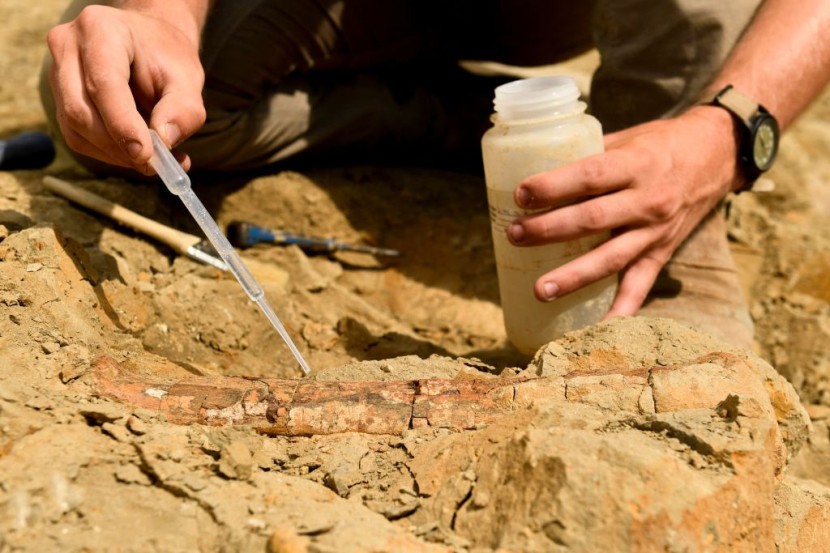
The Chengjiang Biota is supposed to be the source of the explosion of where life on earth today descended from. This nutrient-rich delta hit a one-in-a-million chance that made all the difference that lends to the animals of today, including humans. Another name for it is the Cambrian explosion that supercharged evolution faster, as suggested by the study.
Cambrian Period
This was the period about more than 500 million years ago, bilaterian species with a right and left side from that time, described as animals with equal parts on a central line like humanity, reported by SciTech Daily.
The Chengjiang Biota, which dates back 518 million years and is found in Yunnan, south-west China, is one of the oldest assemblages of animal fossils known to science and a significant record of the Cambrian Explosion.
The record includes about 250 species in collecting fossils discovered in the nutrient-rich delta. They are worms, arthropods, and the first vertebrates that turned into what became dinosaurs, large mammals later in succeeding epochs.
It is the basis of a study that examines the impact of the environment that is shallow-marine, nutrient-rich delta affected by storm-floods of this era of the earth.
The new study finds for the first time that this environment was a shallow-marine, nutrient-rich delta affected by storm-floods, cited the Daily Mail.
A former marine location called the Chengjiang Biota is up in the mountainous Yunnan Province, looking at rock core samples that show the area was once inundated with water about 518 million years ago.
Chengjiang Biota
According to senior author Dr. Xiaoya Ma, a paleobiologist from the University of Exeter and Yunnan University, the Cambrian Explosion is universally recognized as an actual rapid evolutionary episode. The causes of this event have long been debated, with theories spanning from environmental to genetic to ecological triggers, noted Science Daily.
He added the finding of the ancient delta environment might point to new hints and factors relevant to the rise of bilaterian animal-dominated marine communities. Fossils in this area are distinct with good preservation.
Since evolution depends on inputs that would cause evolution, in this case, it benefited these early animals.
Farid Saleh, co-lead author, a sedimentologist, and taphonomist at Yunnan University, remarked the Chengjiang Biota had features like sedimentary flows, shallower than though brought about the bilaterian revolution.
According to Changshi Qi, the study points to the place as a well-oxygenated shallow-water deltaic environment. He added it was a storm flood that deposited the animal to an area with less oxygen that preserved the fossils.
The authors say that during the last 15 years, scientific knowledge about how these murky sediments were accumulated has changed dramatically.
Knowledge gained from the delta depository will help scientists working in such environments is invaluable. The findings are significant since they reveal that almost all early creatures could handle stress, such as salinity (salt) fluctuations and large volumes of silt accumulation.
Compared to prior studies, which suggested that analogous species colonized deeper-water, relatively stable marine settings, the discovery undermined earlier studies. A study about the Chengjiang Biota, deltaic typesetting, is seen in Nature Communications that gave rise to the Cambrian explosion, also most animals and humans today.
Relative Article : Earth's Sudden Oxygenation Is Purely Accidental After Several Billion Years, New Theory Explains
© 2025 HNGN, All rights reserved. Do not reproduce without permission.








